One of the founding tenets of SELS was a focus on student character and developing the whole child. As such, from the onset, SELS implemented school-wide relational character norms, visible and used in every classroom. These norms were developed using the acronym SIERRA (explained in depth below). In 2012-13, SELS also developed a set of Habits of Work (HOWs) for all classrooms, using the same acronym.
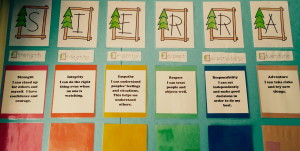
Character Education
Our disciplinary objective is to help students develop a positive attitude towards self-awareness, self-efficacy, and control, and to better understand what constitutes socially acceptable behavior, especially as to how their actions impact others. Since character education is a fundamental component of SELS, we are continually addressing behaviors and actions through the teaching and learning of school-wide character traits, spelled out with the acronym SIERRA. We focus on two components of character education: 1) social/relational traits, or SIERRA norms; and 2) performance traits, or HOWs (Habits of Work).
SIERRA Norms Explanation
S. – Strength: I can stand up for myself and others. I have confidence and courage.
I. – Integrity: I can do the right thing even when no one is watching.
E. – Empathy: I can understand others’ feelings, abilities, and situations, and better respond accordingly.
R. – Respect: I can treat people and objects well. I can listen and create a community that is built on safety and trust.
R. – Responsibility: I can fix my own problems, take initiative, and do my best.
A. – Adventure: I can take risks and try new things.
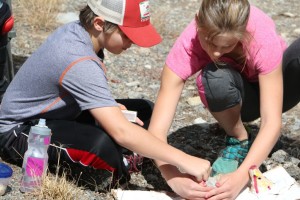
HOWs (Habits of Work) Explanation:
Habits of Work learning targets support students’ academic success and reflect the character traits of the school as they relate to performance (e.g., “I can advocate for myself”, “I can maintain focus in class”, “I can complete quality work on time”). They support student learning and college readiness, and aid students in developing study skills, time-management skills, perseverance, self-awareness, initiative, and the ability to seek feedback and assistance.
S. – Strength: I can do my best even when challenged.
I. – Integrity: I can produce quality work that is my own.
E. – Empathy: I can give and take academic suggestions in an honest and thoughtful way.
R. – Respect: I can honor crew learning time.
R. – Responsibility: I can be organized, efficient, and prepared in all my work.
A. – Adventure: I can take academic risks.
HOWs are assessed and tracked in a variety of ways: learning targets are provided weekly and in specific assignments; using a 4-point rubric, teachers track students performance, both related to the learning targets and in general; students reflect and self-asses regularly, using the same 4-point rubric; and HOWs are highlighted as the first section of students’ twice per year progress reports (SELS Standards Based Report Card example). We are currently working on correlating HOWs and achievement scores as a means of demonstrating to students the relationship. Preliminary results in 7th grade math indicate a correlation: extra reflection, HOWs tracking by students, and redoing incorrect problems increased math achievement. Worksheet used for this process: Math HOWs Reflection for Chapter
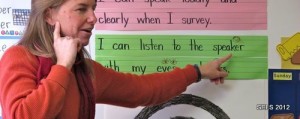
After each progress report, staff determines which students make the “HOWs100”. This designation is attained by earning rubric scores of 3 or 4 (on a 4-point scale) in all tracked categories (and with no “2” scores). Students meeting the criteria are recognized at an all-school Community Meeting, with the ultimate goal that 100% of the student population attain HOWs100 recognition. As demonstrated in the below graph, somewhere from 62-78% of SELS students accomplish HOWs100. However, while our sub-groups (Latinx, Sped, low-income) make up approximately 40% of our student population, they account for only approximately 20% of our HOWs100 students. This is an area we continue to focus on in our Work Plans, continually trying new avenues to foster increased success in these sub-group populations.
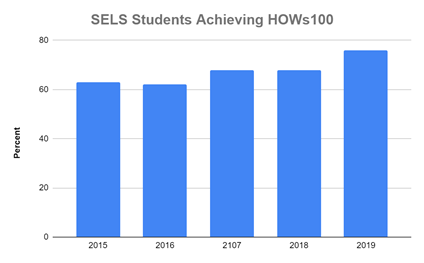
** As an aside, SELS decided to recognize students only for excellence in Habits of Work; unlike many schools, we do not provide recognition for academic achievement. We reason that academic recognition may not be attainable by all, and is therefore a bit discriminatory. HOWs, on the other hand, are within virtually all students’ control, thus attainable regardless of genetic and/or childhood history.
Character traits and HOWs are discussed daily in morning meetings, have regular learning targets, and are highlighted on semester progress reports. They are consistent throughout the program and stressed in conversations with students. In disciplinary situations, students are asked to identify which social traits they could improve on, and how they might go about that. They also regularly talk about “filling buckets”, the idea that positive words to others helps keep all students feeling good about themselves and creates stronger community.
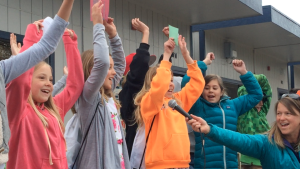
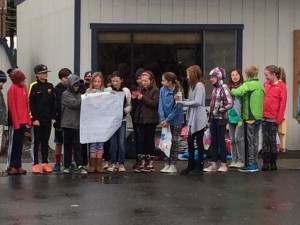
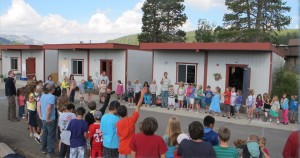
In addition to the systematic norms and HOWs, SELS character education program also incorporates a variety of skill and community building strategies which build and help support character development:
- Students design and lead morning meetings in the upper grades.
- All school community meetings are held every other week, designed and led by individual crews. Community meeting themes are usually based on our SIERRA norms, the Design Principle of the month, or their current expeditions.
- Mixed-age buddies from different crews get together several times per month for activities.
- Middle school students participate, as needed, in modified Restorative Justice Circles; these Circles allow for open dialog on issues impacting entire crews. SELS format includes students sharing: what the issues are for them and how they are impacted; taking ownership of personal roles in said issues; and making commitments to crew to address personal roles and help alleviate outlined issues.
- We piloted and “house” a character-development program for 7th-grade boys called Positively Rolling. This program brings in local men from the community who facilitate discussion and art around character building, especially as it relates to the transition into “manhood.”
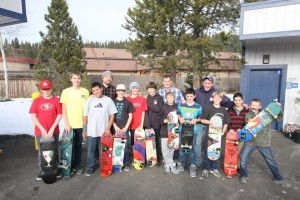
- We piloted and “house” a character-development program for middle and early high school girls called Crystal Compass. This program connects local community women with girls and engages them in an on-going internal process of exploring and understanding their own inner landscape. Through experiential (activities, projects, and art), reflective, and connected processes, girls gain a deeper understanding of who they are, what they enjoy, and how to express themselves in their world with grace and confidence.
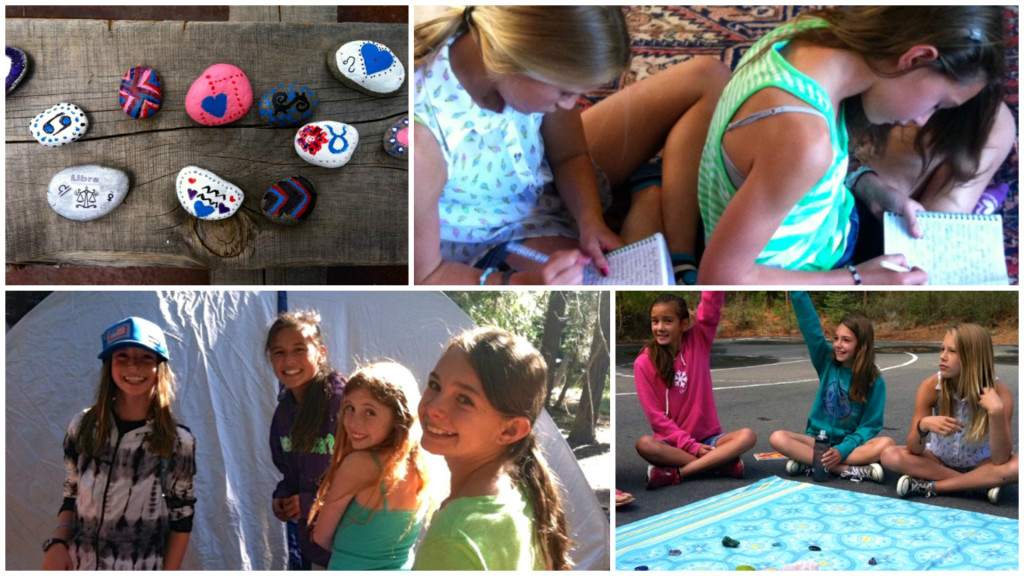
Middle School Character Expedition
Developed as SELS expanded into middle school, “Who Am I?” is a three-year character expedition designed around specific topics:
6th grade: Who am I as an individual?
7th grade: Who am I as a community member?
8th grade: Who am I as a global citizen?
Each topic has various activities and assignments which foster understanding, growth, and development in that area. Students also incorporate their learning into projects they present at Passages. Who am I outline
Additional Programming for Character and Whole Child Development
We have several programmatic traditions and activities which highlight the development of the whole child:
Goal-setting, Student-led Conferences: In late October and mid-March, students and parents/guardians receive goal-setting forms. In class students spend time reflecting on previous and future goals and, using character and academic evidence, complete templates. These are discussed during SLCs and new goals are determined. These goal sheets are then used as reminders throughout the year. The SLCs are scaffolded based on grade-levels, so look a bit different throughout the years.
Kinder/1st grades
2nd/3rd grades
4th/5th grades
6th-8th grades
Link to SLC explanatory and demonstration video
Celebrations of Learning: twice per year, classrooms are transformed into student-work showcases for the public. Academic and character assignments and projects (including expedition products) are displayed throughout the classroom, and students lead around family members/friends explaining all they have accomplished (often spending 45 min to 1 hour in this process). If expedition products are crew-based, then performances are also held at these events; examples of these performances include 6th-grade Ancient World Summit; 4th/5th grade Redcoats & Rebels dance; and 2nd/3rd grade History of the Railroads chautauqua.
Link to video of past Celebration of Learning.
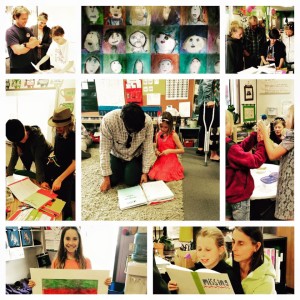
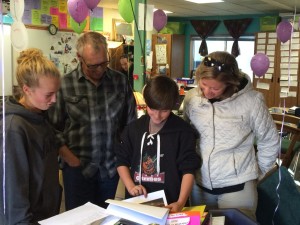
Passages: as a year-end event, students who will be changing crews (1st, 3rd, 5th-8th) present highlights of their learning and growth, both academically and personally. The process is scaffolded in both time and complexity, culminating in 15-20 min 8th-grade presentations connecting Who Am I? and academic accomplishments. All presentations have audiences consisting of other students, school staff, family members, and (occasionally) community members. Link to clips of middle school Passages presentations.
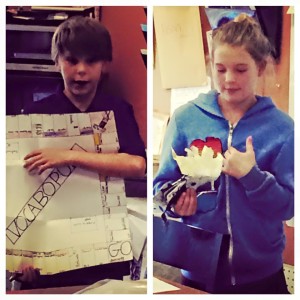
Core Gifts: Eighth graders also undergo a one hour interview with staff members to “uncover” their Core Gifts. These “Gifts” highlights the primary social-relational way(s) they will contribute to their communities, and is shared at both Passages and their graduation ceremony. Example Core Gifts include:
8th-grade boy:
My Gift Is: Being driven to reach goals even if they make me uncomfortable. I surround myself with people who support me and each other. I lead by example.
I Do This By: Letting things go; having good friends; trying to make things better and support others.
8th-grade girl:
My Gift Is: Being empathetic to people, trusting myself, and bringing light into dark times.
I Do This By: Supporting other people and their lifestyles, accepting change, making decisions on the spot, and finding the positives in everything.
Student character is one of the three Dimensions of Student Achievement. In addition to the emphasis EL Education has on character education, SELS decided at inception to be a character-focused school. We feel developing a confident, skilled, engaged, and kind person is the most important goal of any educational program, and that by doing so we will also see higher academic achievement (which has to this point been demonstrated). Developing students of this caliber has allowed us to expand our teaching/learning into our community.
Claim:
By focusing on Core Practice 22 (Fostering Habits of Character), SELS students contribute to a better community through service and civil action.
As outlined above, SELS is embedded with extensive programming to foster habits of character. With this, we are then able to develop community service projects in nearly all expeditions and to encourage students in their own social and civil action projects. Several years ago we also required that all expeditions (with some exceptions) have a service component embedded in the learning. This has doubled our number of community projects over the past five years. Below are examples of some of these projects.
Expedition Related
One Kindergarten expedition called Building Community has led to the students providing extensive service to our school community. Each year they survey the school for something to add (i.e., birdhouses, benches, play equipment), create graphs, build models of and then actually build (with experts) the winner.
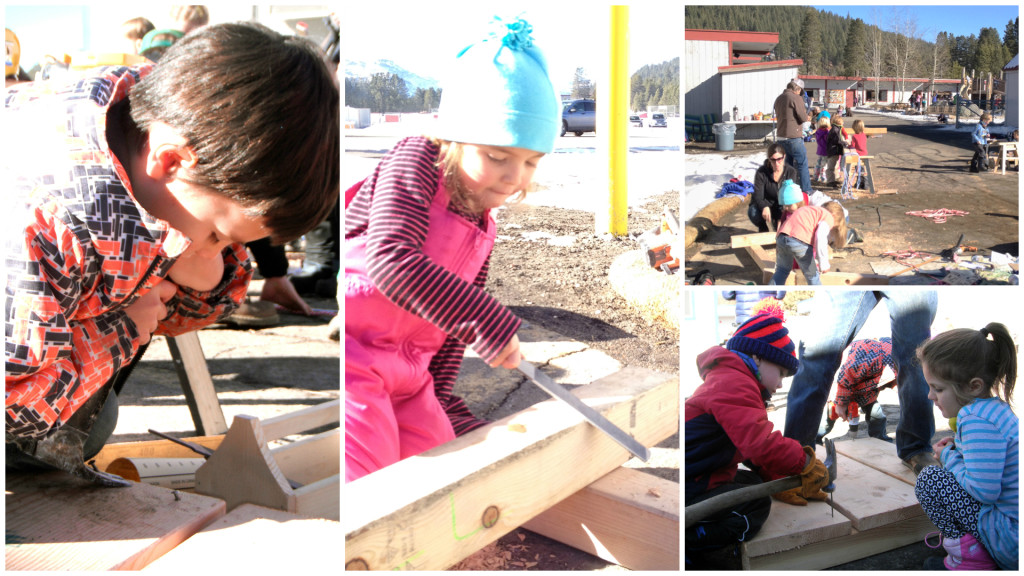

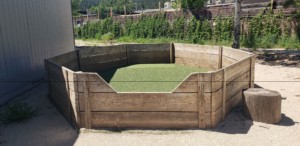
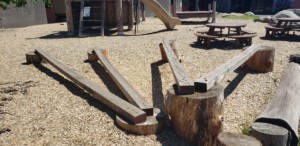
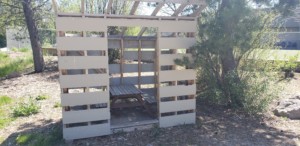
One year 1st graders were part of an expedition called The Art of the Story. Using imagery from stories, legends, cultural tales (especially those based on Mayan traditions), students learned about imagery and storytelling. For their expedition product they worked with a local professional graffiti artist to create a school mural representing our community and story. Each student added a personal image of the character trait they feel they bring to the community.
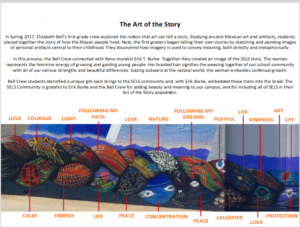
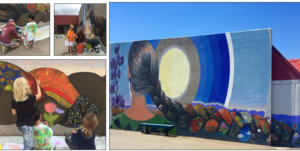
While studying our community, 2nd/3rd grade students created a Top Ten Things to do in Truckee for Kids Under 10 pamphlet, which they printed and distributed to the Downtown and Donner State Park Visitor Centers for the community to access for free.
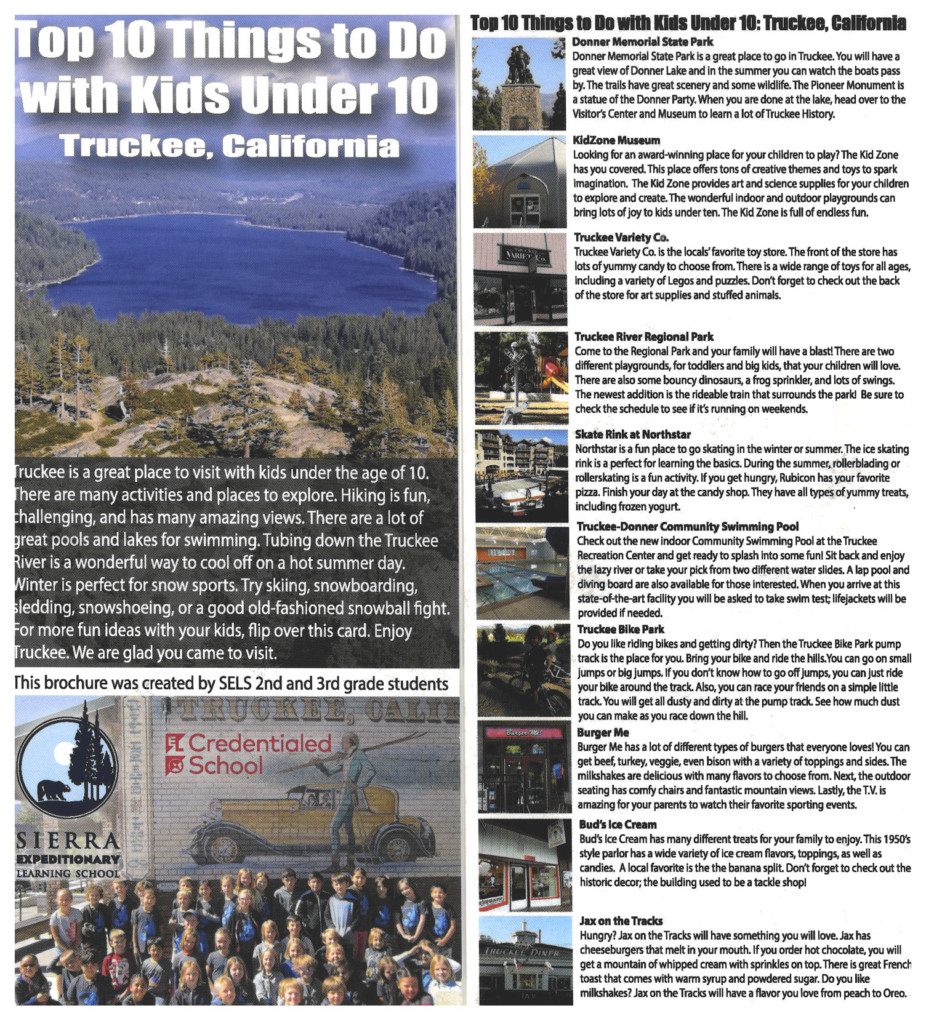
Working with the Donner Summit Historical Society, SELS 4th/5th graders have designed and purchased (with Rotary grants the secured through presentations) several Interpretive Signs for a driving 20-Mile Museum along historic Old Hwy 40.
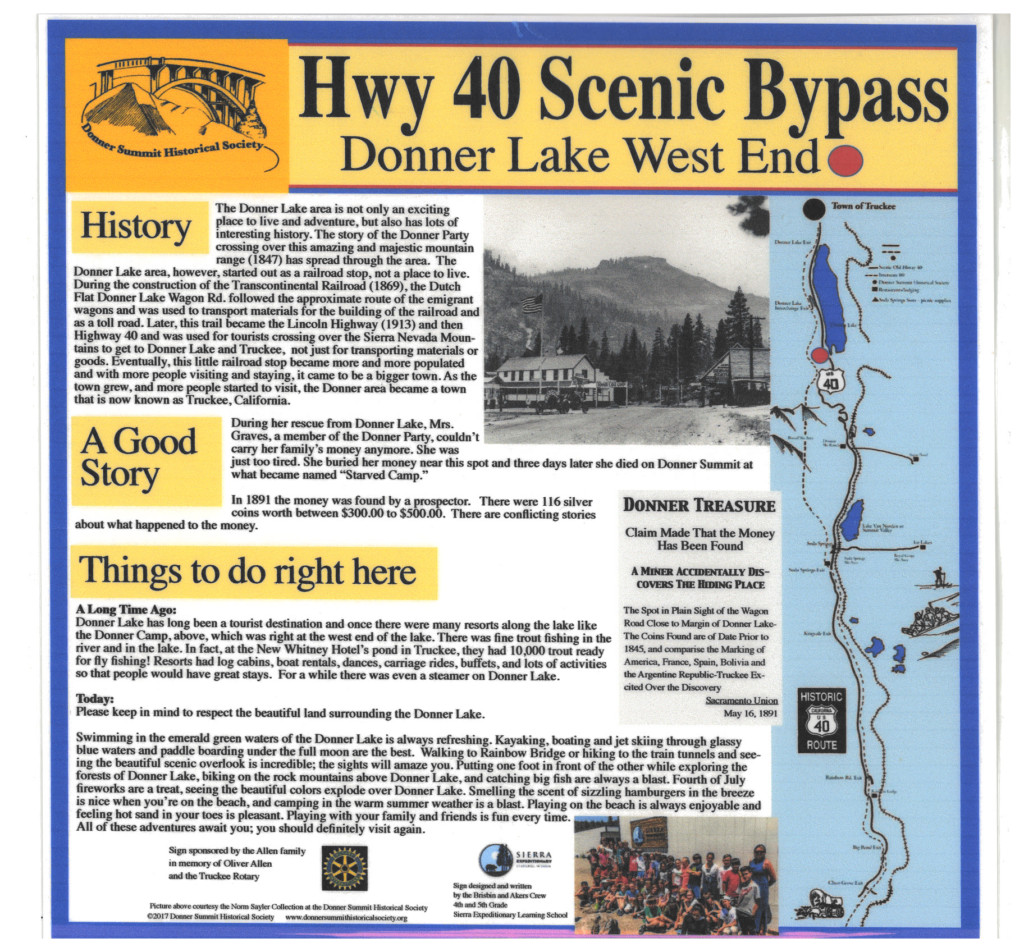
After watching video of a sea turtle with a straw stuck up its nose, 4th/5th grade students started a community campaign to “Outlaw the Straw”. They created the slogan, a logo, distributed stickers to local businesses as they convinced many to change from plastic to paper straws, lobbied City Council at a public meeting, and created artwork to upcycle currently purchased straws.
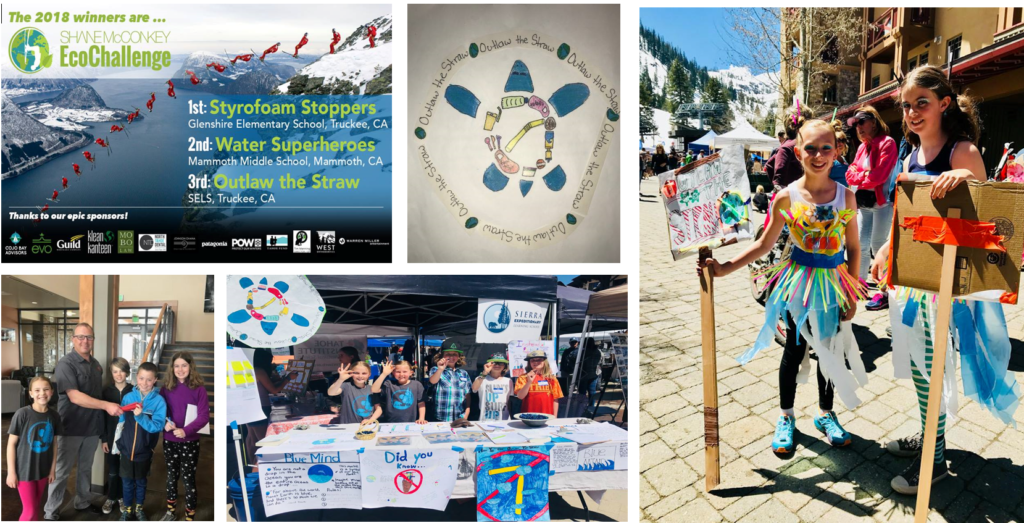
While studying climate change, 6th-grade students felt compelled to act. Using a local makerspace and recycled materials, they created an informative mural for the school and podcasts for wider consumption. They also organized several walkouts to bring community awareness to the issue.
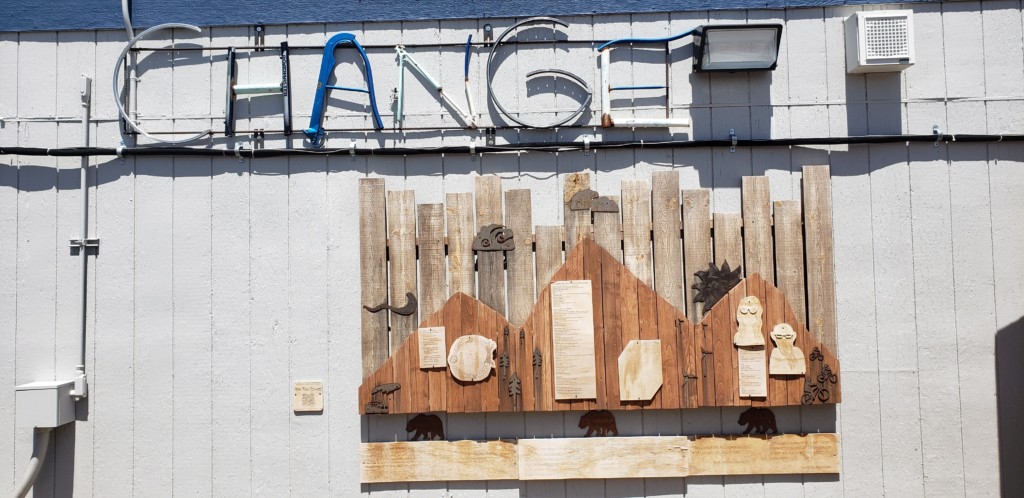
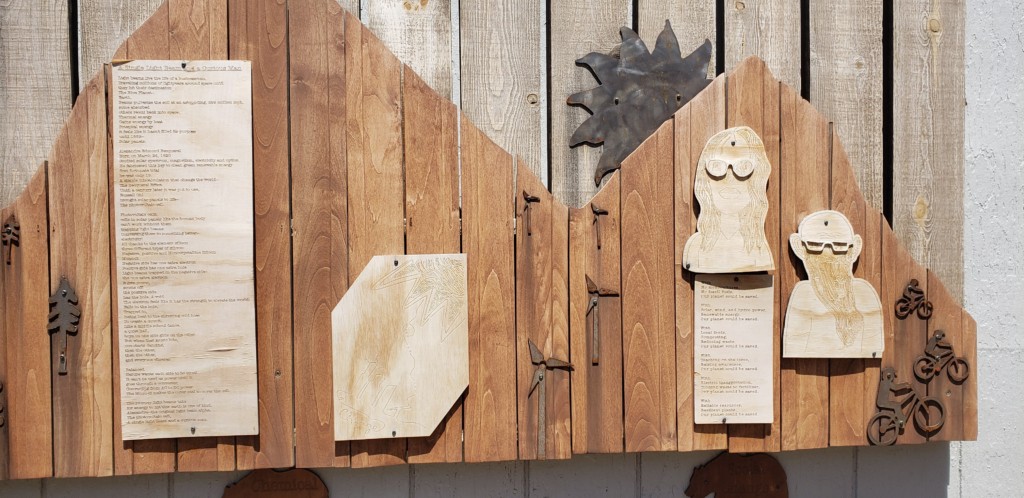
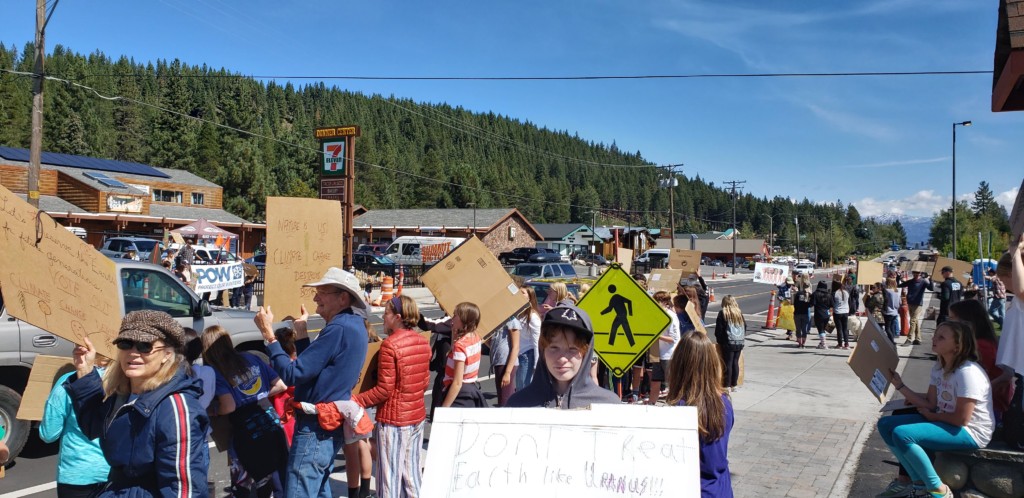
After their research on social justice issues, 8th-grade students developed and filmed (in partnership with the local tv station) Public Service Announcements on a variety of topics.
Link to PSA videos
TEDxYouth: on and off over the years, staff have organized 8-12 students to meet and develop TEDx talks, presented publicly at large community venues.
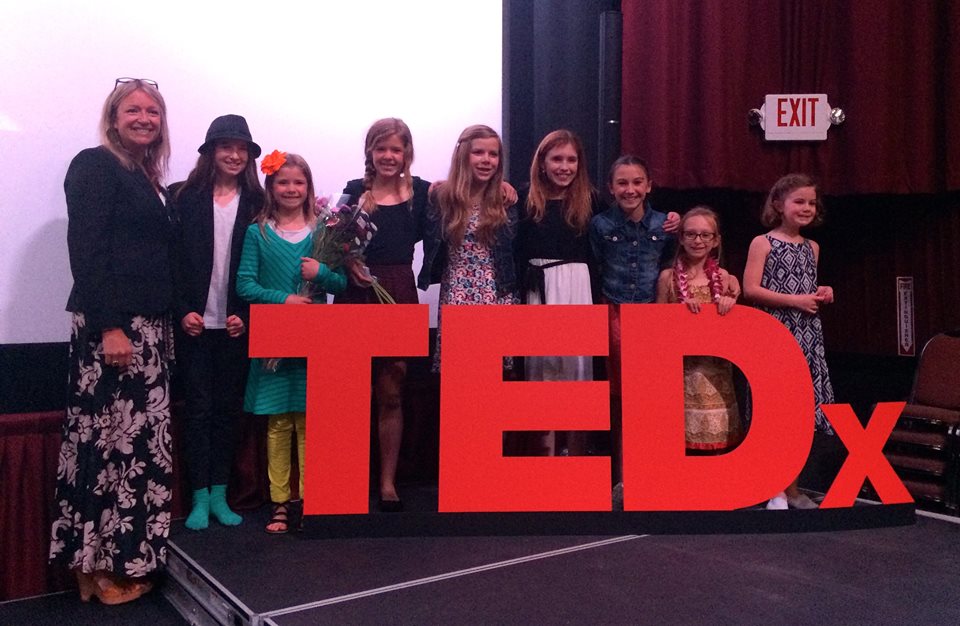
The Shane McConkey Foundation’s Eco-Challenge: in ’14-15, ’15-16, and ’17-18, students in our Electives Program participated in a national awards program on sustainability. Their first project and presentation on water conservation led to the Grand Prize award of $6000 for the installation of new water-efficient sinks and toilets in the school bathrooms. Their second project and presentation measured and cleaned up trash on school grounds and around town. Students worked with the Mayor’s office to disseminate information and won the Second Place award of $4000. In their third project, students began an “Outlaw the Straw” campaign, convincing local businesses to change straw practices and the City Council to begin deliberation on a citywide ban on plastic straws. This project took the third place award of $3000.
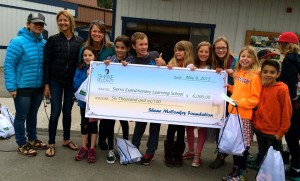
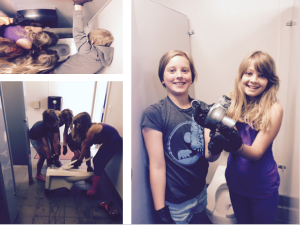
EL Education’s Better World Day: To help support and model students’ efforts in service and civil action, SELS as a school has diligently participated in BWD, significantly increasing our commitment since 2015.
2017: “Kindness Day” – brought potted plants/flowers to local workers within 1/2 mile of the school: District Offices, restaurants/coffee shops, fire station, hospital, library.
2018: “Green Belt Movement” – tree planting all over; partnered with local groups including the Sugar Pine Foundation and Sierra Watershed Education Program.
2019: “Pennies for Paradise” – collect change from local businesses (approx $1500) and sent with cards, letters, and artwork to those impacted by the Paradise, CA fire. See short video.
2020: “Reduce, Reuse, Recycle” – various efforts to educate public about waste and clean up community garbage. See short video.
Other examples of service SELS students have provided for their community:
- Books on the alphabet, ants, senior citizen anthologies, community leader profiles, Truckee history
- Designing and creating exhibits for a local children’s museum
- Planting trees every year with the Sugar Pine Foundation
- Writing letters on local, regional, national, and global issues to politicians, community leaders, and newspapers
Community Feedback
SELS students’ behavior consistently receives positive feedback from community members (coaches, librarians, bus drivers, high school teachers, etc.), and parent surveys indicate the school’s character education program is one of the most valued aspects of the school.
Collectively, SELS many and varied programming emphasizing character, community, and the education of the whole child is exemplified in this small sample of parent testimonials:
- I like that my child’s learning experience includes different types of expeditions and enrichment activities. I also like that children are taught to respect one another and that they have the SIERRA Norms to read.
- The emphasis on crew and community is very evident.
- The SIERRA Norms have become part of our daily living and child upbringing due to these working full circle.
- I am grateful that my child is encouraged to interpret concepts and think about how they apply to his life, not just memorize and repeat material. I love that SELS asks kids to think about who they are and how they contribute to the community, locally and globally.
- I greatly appreciate that SELS is a heart-centered school that teaches ethics and values along with academics. That approach makes SELS a unique and special place.
- My kids are learning hands-on curriculum that is relevant. SELS demonstrates high expectations for character and social norms. Teaching students that they are an integral part of the community — in our school, locally and in the larger world. I appreciate the belief that children are capable of being accountable for their learning as well as their actions.
After 8th-grade graduation from SELS, most students go to the district high school. A testimonial from a high school teacher highlights the impacts of our character program:
- Students arriving from SELS demonstrate a level of courageousness in their character that sets them apart. Whether it be an information-seeking interaction with an adult or a curiosity that moves them beyond the learning of the classroom, SELS students are willing to take the extra step to be their own self-advocates in both learning and life.
